Introduction
This Samburu travel guide details where to stay, when to visit, how to get there, and all animals that can be seen in Samburu National Reserve, Kenya. Out of all the reserves I visited in Kenya, Samburu was my favorite due to the mountainous scenery, reduced crowds, and unique animals not found at other parks in Kenya.
The Samburu National Reserve is a 165 km² nature reserve on the banks of the Ewaso Ng’iro river in Kenya. Located 350 kilometers north of Nairobi and within Samburu County, the reserve is where conservationists George and Joy Adamson raised Elsa the Lioness, featured in the movie Born Free.
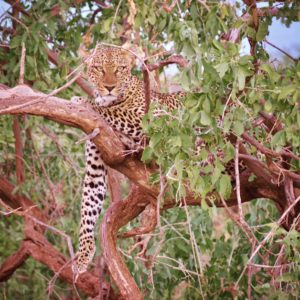
The reserve contains doum palm groves, thick riverine forests, and an abundance of wildlife such as elephants, leopards, lions, and giraffe. Also, within the park are rare animals such as the reticulated giraffe and Grévy’s zebra.

Location
Samburu National Reserve is about a 7 hour drive north of Nairobi with stops included. Even though its a bit out of the way and not near other common safari destinations like Masai Mara, its well worth the trek due to the unique landscapes and wildlife.
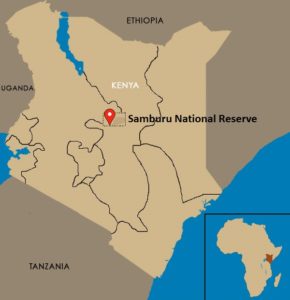
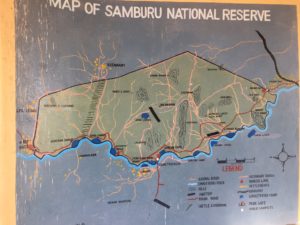
When to Visit
Samburu can be visited year round, however the best time to visit is during the dry season from June to October or December to March. If possible, avoid the wet season in April, May, and November. During the wet season, wildlife scatters to the many available water sources while the tall grass makes spotting animals difficult.
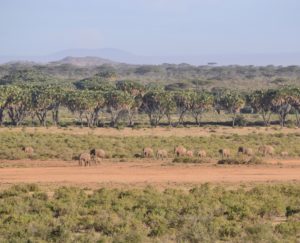
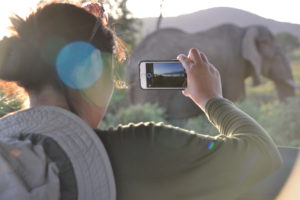
Places to Stay
Samburu has several lodging options ranging from tented campsites to luxury lodges. For my stay I spent two nights at the Samburu Game Lodge, which had awesome views of the river bank with pools, friendly staff, and delicious food. Best of all, the lodge was inside the reserve, so after only 5 minutes of driving we encountered a leopard and a herd of elephants.
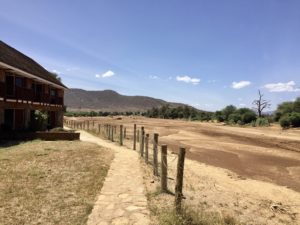
Landscape
Samburu is mostly dry and dusty with exception to the areas near the river where vegetation and palms trees are found. The land is generally flat with small mountains scattered around the park, which provide a beautiful backdrop. There are a lot of bushes and small trees that elephants like to eat and lions like to hide in.
During the dry season, Ewaso Ng’iro river is gone and only small pools of water remain on the dry riverbed. This attracts all kinds of wildlife seeking difficult to find water sources. As elephants, giraffes, and impalas drink from these water sources, there is tension in the air as several lions can be seen stalking prey in the distance.

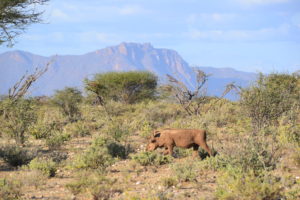
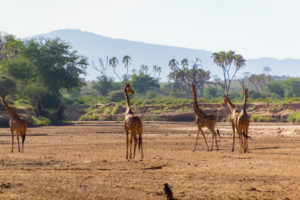
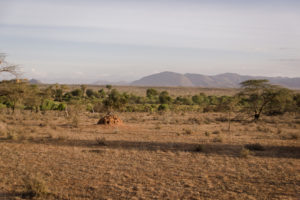
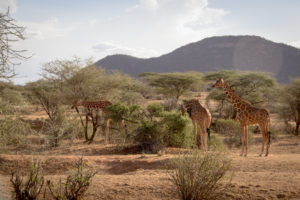
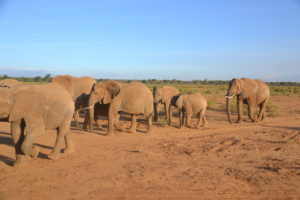
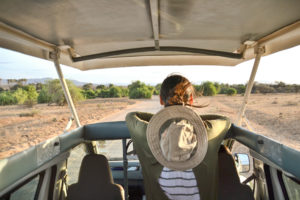
Animals Spotted
For such a small reserve, there is an abundance of wildlife and its not long before a heard of elephants or lions are spotted. Most other parks and reserves require a good amount of driving before wildlife is spotted. Within the first 30 minutes in the park, we spotted a leopard, 15 elephants, lion, oryx, and plenty of impala. This park is also has the rare reticulated giraffe and grévy’s zebra.
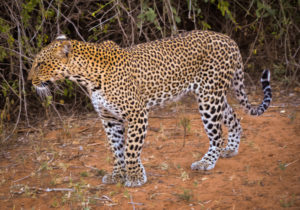
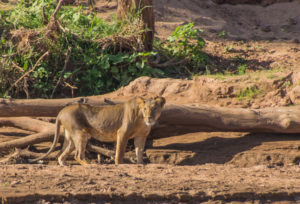
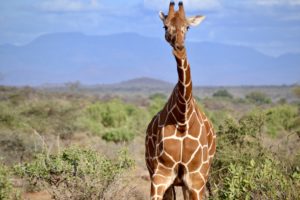
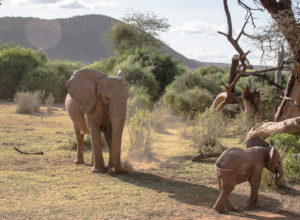
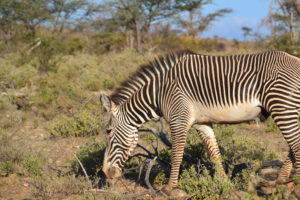
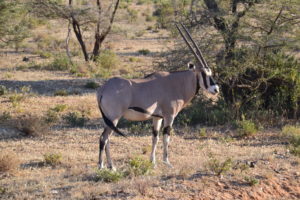
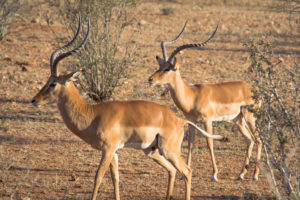
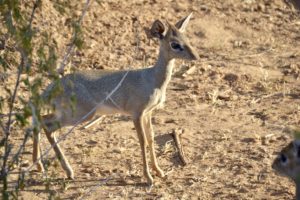
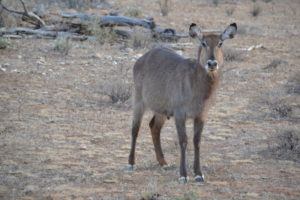
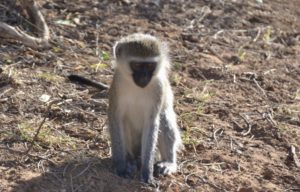
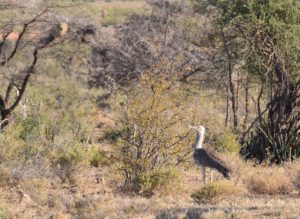
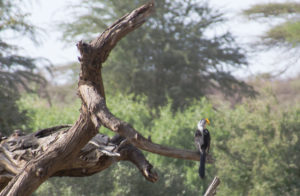
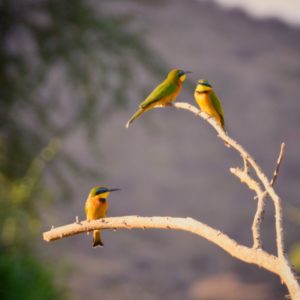
Animal Behavioral Observations
Each reserve and park provides unique opportunities to observe how animals behave and adapt to their environment.
As elephants congregate around a rare source of water, they all face is opposite directions so they can keep an eye out for predictors.
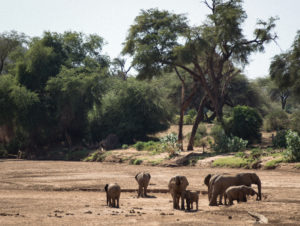
During the dry season, the animals congregating around water sources make them sitting ducks for predators like lions. Like clockwork, lions patently stalk prey by crouching low and moving incredibly slowly towards their target like some sort of ninja. The lion’s coat blends in perfectly with the dry river bed as it slowly approaches, and when close enough, attacks with explosive energy.
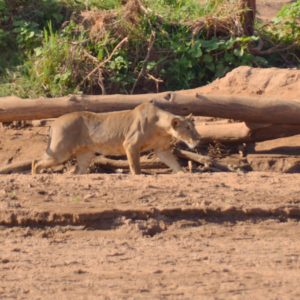
Like most cats, lions like to sleep all day and can often be found sleeping in the bushes. This lion below was eventually woken up as an elephant walked by, which totally freaked out the lion and caused him to run away in a hurry.
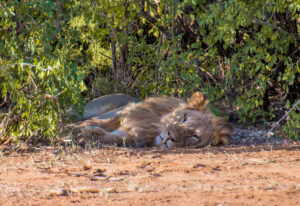
Elephants are complex social creatures and are amazing to observe in the wild. This baby elephant was very curious and wanted to play with our vehicle by bluff charging us.
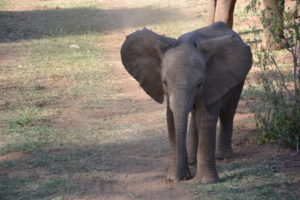
Conclusion
In conclusion, Samburu National Reserve is a safari destination that packs in a whole lot of wildlife and unique landscapes in a small area. Rare animals can be observed without requiring much driving within the reserve. Despite its location far from the more popular safari destinations in Kenya, the experience within the reserve with well worth the trek.
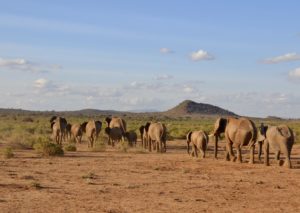




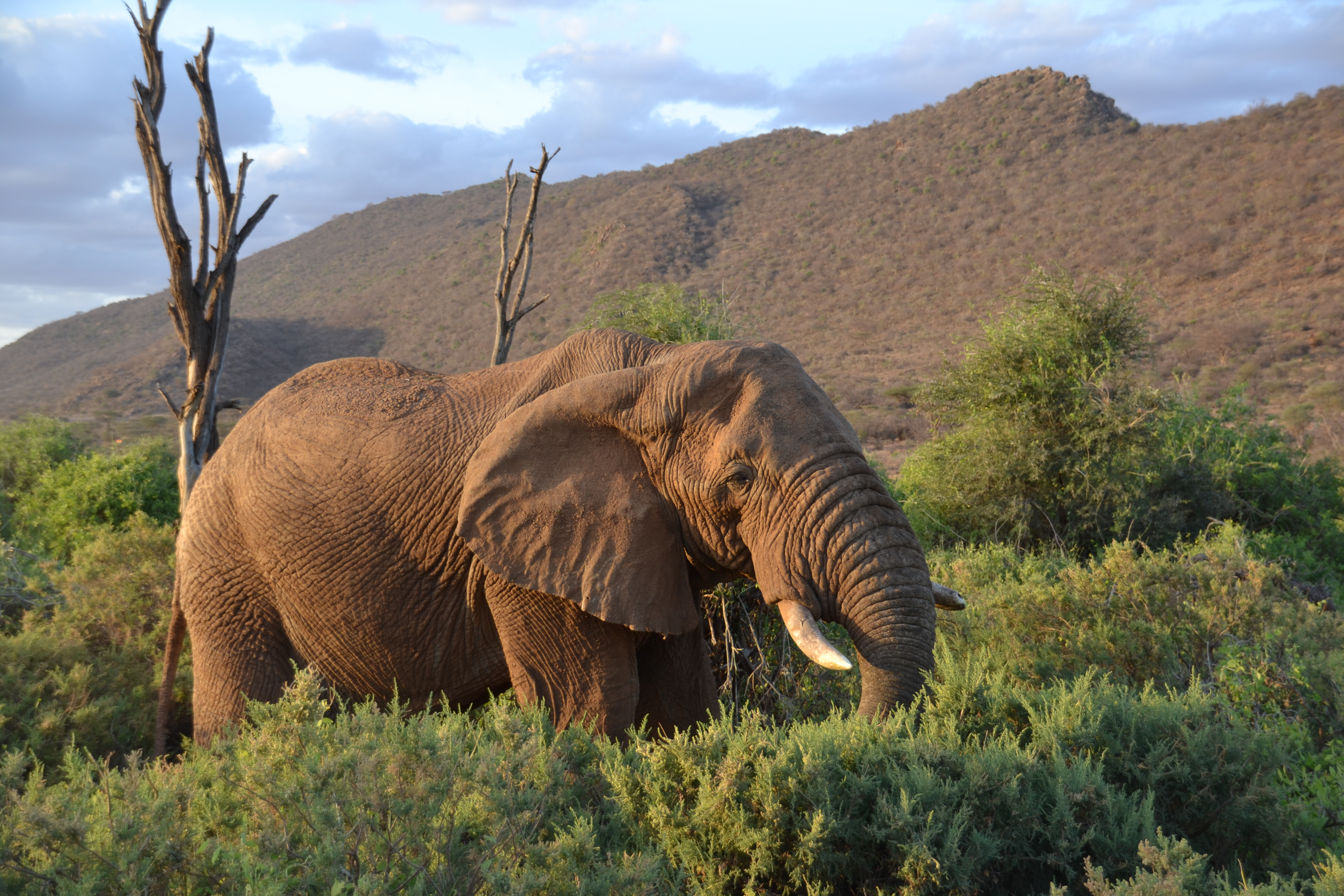
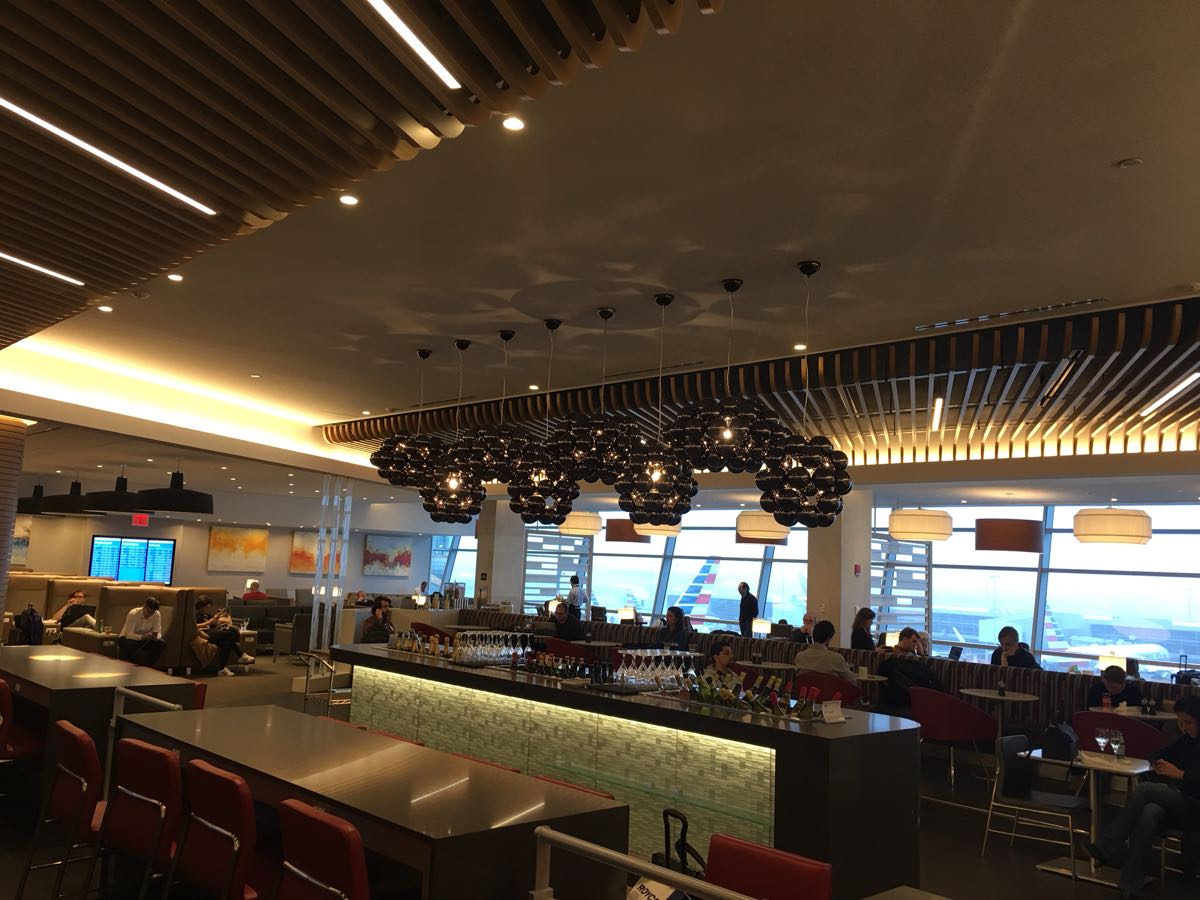


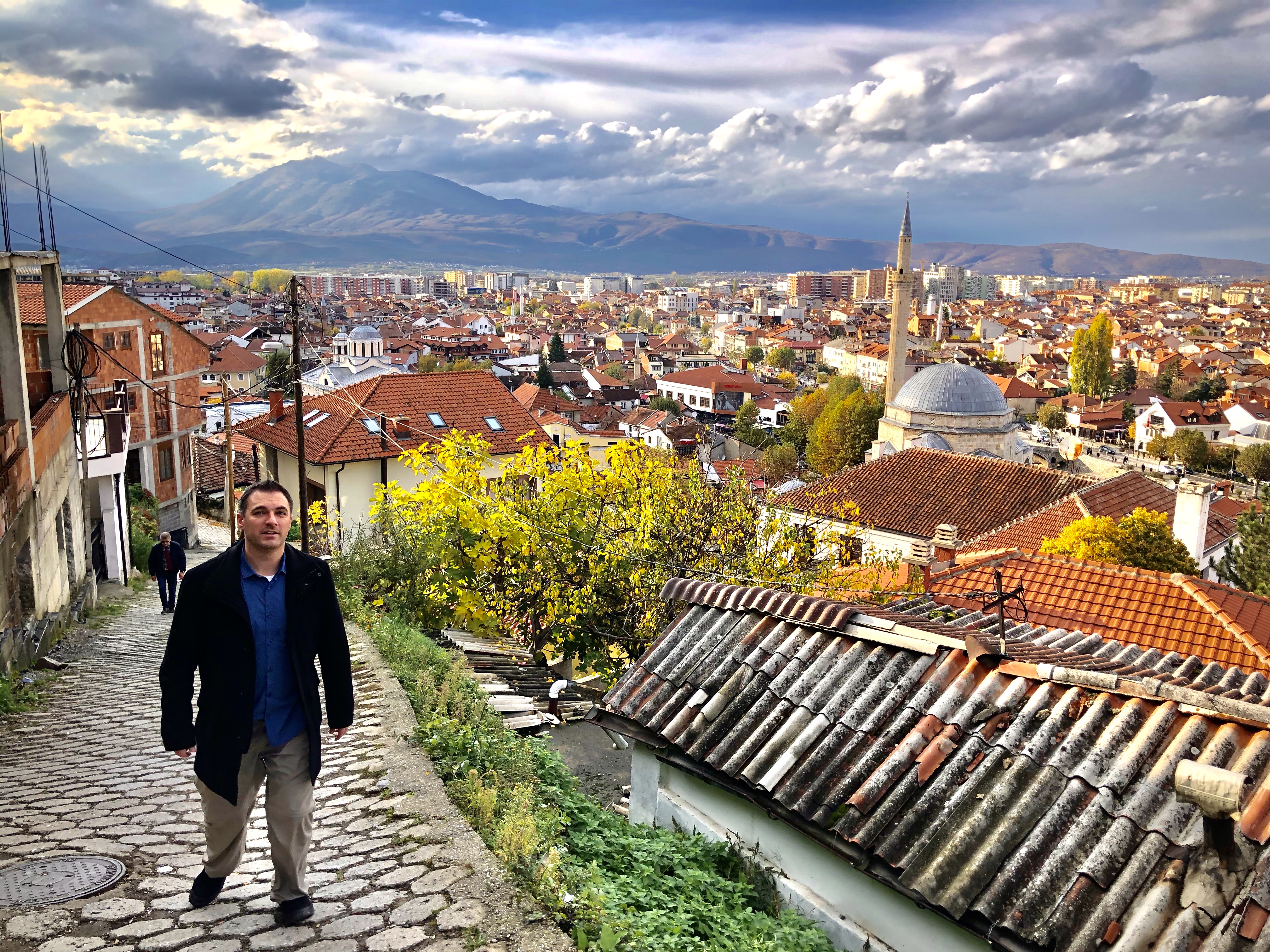

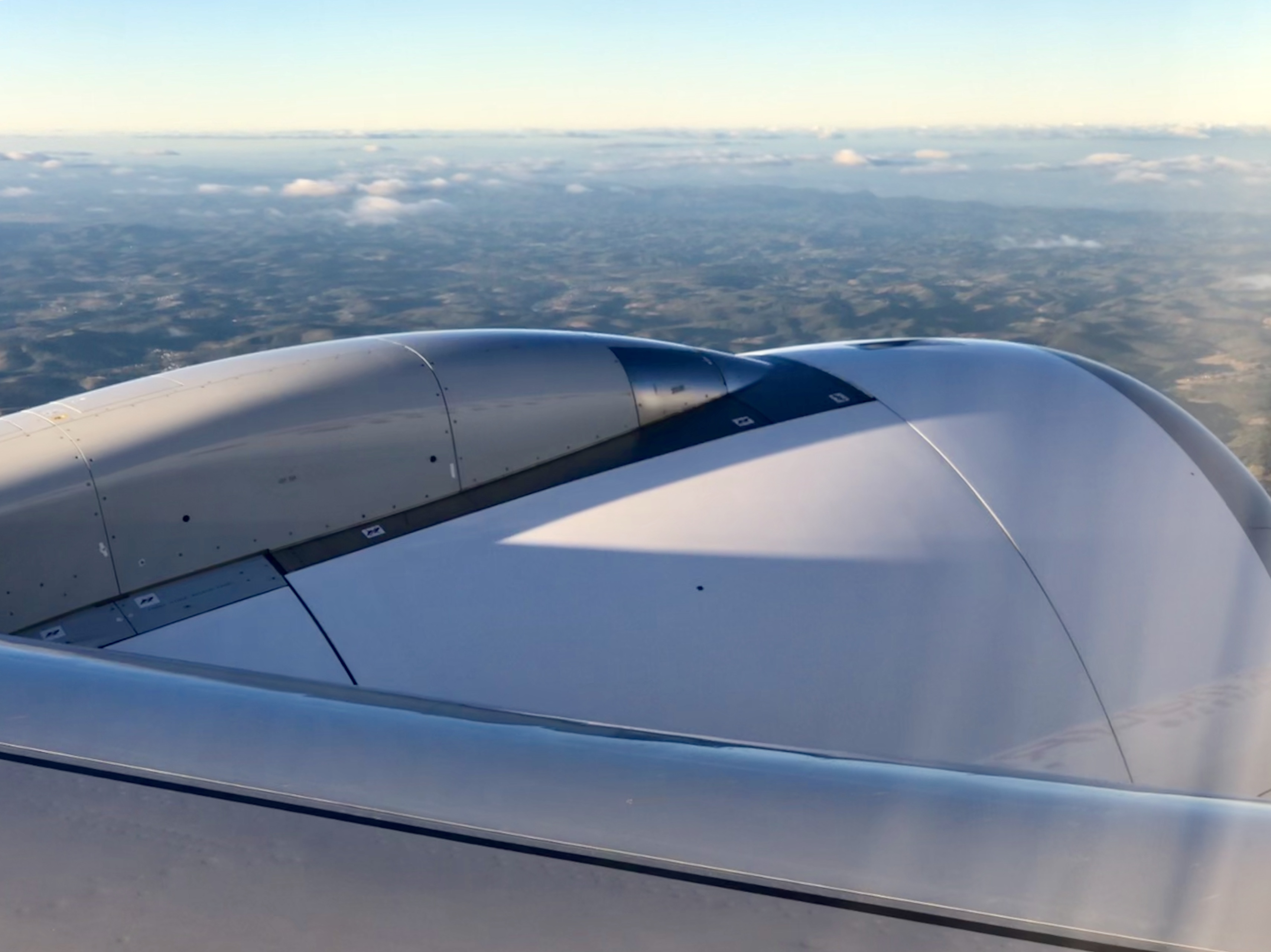

I liked your blog very much, if you are more interested in Syed Wildlife Nature, then I would like to tell you that you should do Lion Safari where you will experience travel, adventure along with Lion, then come to Gir National Park,